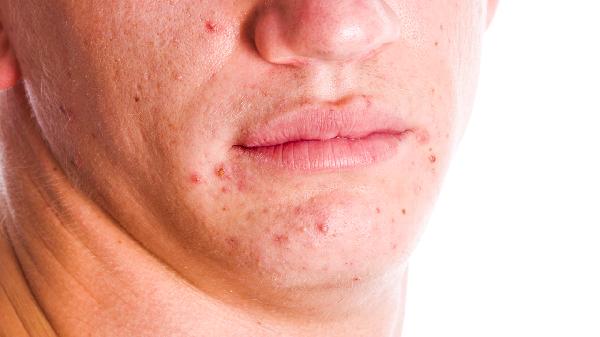Babies with allergic constitutions sound like they come with a "sensitive mode," always ready to give you a "little surprise." As parents, understanding whether your baby has an allergic constitution not only makes life less "thrilling" but also allows you to take timely measures to ensure your baby grows up healthy. So, how can you tell if your baby has an allergic constitution? The following key points can help you quickly identify it.

1. Family History
Allergic constitutions often have a genetic predisposition. If parents or close relatives have a history of allergies, such as allergic rhinitis, asthma, or eczema, the likelihood of the baby having an allergic constitution increases significantly. Genetic factors play a crucial role in allergic constitutions, so understanding family medical history is the first step.
2. Skin Reactions
A baby's skin is a "barometer" for allergic reactions. If your baby frequently experiences eczema, hives, skin redness, or itching, especially after exposure to certain foods, clothing, or environments, this could be a sign of an allergic constitution. Skin reactions are one of the most common manifestations of an allergic constitution.
3. Respiratory Symptoms
Babies with allergic constitutions are prone to respiratory issues, such as frequent sneezing, runny nose, coughing, or wheezing. These symptoms are particularly noticeable when exposed to allergens like pollen, dust mites, or pet dander. If your baby repeatedly shows these symptoms in specific environments, be alert to the possibility of an allergic constitution.
4. Digestive Problems
An allergic constitution can also affect a baby's digestive system. If your baby experiences diarrhea, vomiting, abdominal pain, or constipation after eating certain foods, it could be a sign of food allergies. Common allergenic foods include milk, eggs, peanuts, and seafood.
5. Eye Symptoms
Babies with allergic constitutions may experience eye discomfort, such as redness, itching, tearing, or swollen eyelids. These symptoms are usually related to allergic conjunctivitis, especially during pollen season or after contact with pets.
6. Recurrent Infections
Due to a sensitive immune system, babies with allergic constitutions are more susceptible to external stimuli, leading to recurrent infections such as respiratory infections or otitis media. If your baby frequently falls ill, it may be worth considering whether an allergic constitution is present.
7. Allergen Testing
If you suspect your baby has an allergic constitution, you can confirm it through allergen testing. Common testing methods include skin prick tests and blood IgE tests. These tests can help identify which substances your baby is allergic to, allowing you to avoid them accordingly.
8. Observing Daily Reactions
In daily life, parents can observe their baby's reactions in different environments to determine if they have an allergic constitution. For example, does your baby develop skin or respiratory symptoms after outdoor activities, or do they show discomfort after eating certain foods? These details can provide important clues.
Understanding whether your baby has an allergic constitution not only helps in taking preventive measures but also avoids unnecessary health risks. If you notice signs of an allergic constitution in your baby, it is advisable to consult a doctor early to develop a personalized care plan, ensuring your baby grows up happily in a healthy environment.
























